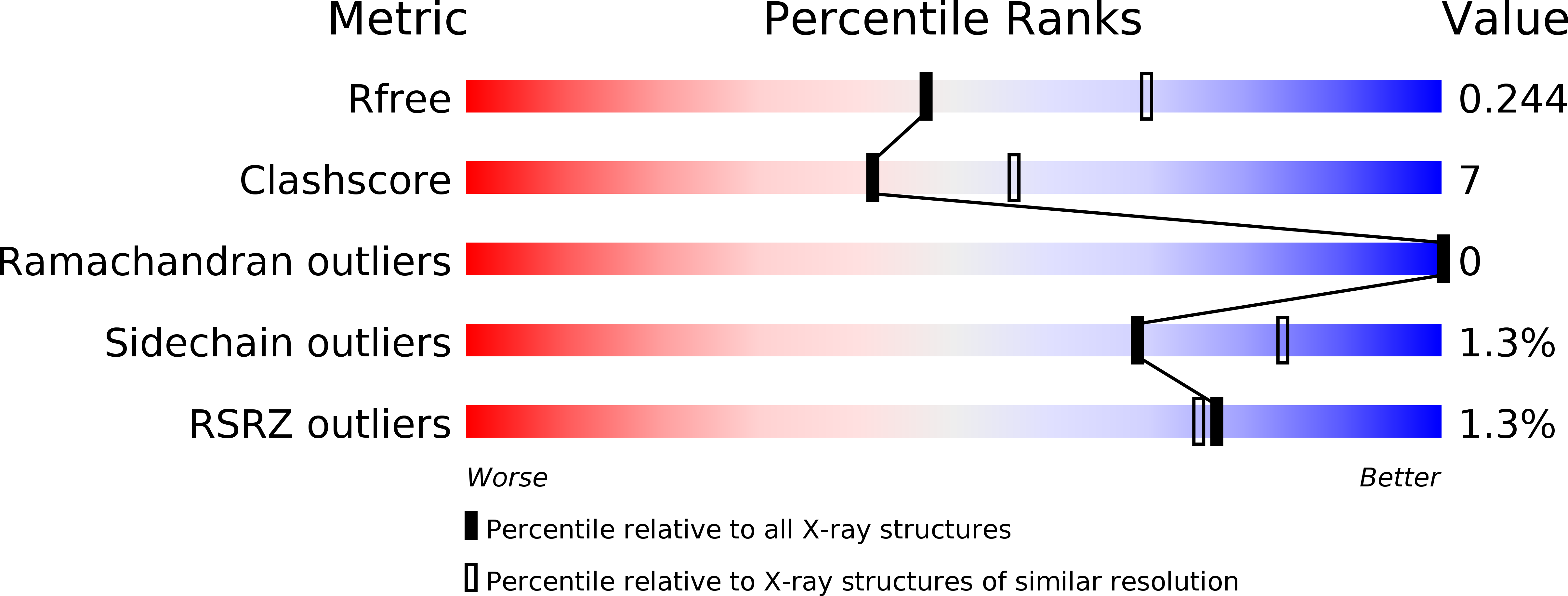
Deposition Date
2017-12-08
Release Date
2019-01-16
Last Version Date
2024-11-13
Entry Detail
PDB ID:
5YY6
Keywords:
Title:
Crystal structure of Arabidopsis thaliana HPPD truncated mutant complexed with Benquitrione
Biological Source:
Source Organism:
Arabidopsis thaliana (Taxon ID: 3702)
Host Organism:
Method Details:
Experimental Method:
Resolution:
2.40 Å
R-Value Free:
0.24
R-Value Work:
0.18
R-Value Observed:
0.19
Space Group:
C 1 2 1


